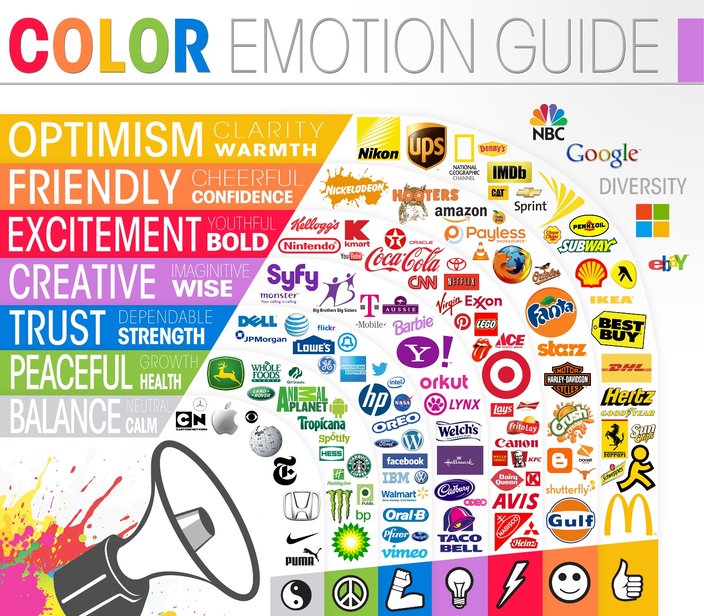
February 22, 2015
But no matter what hue you fancy, that preference is affected by a number of emotional factors along with your other senses besides sight.
Peter Crimmins of NewsWorks recently talked to University of Penn researcher Kevin Connolly about the science behind color, and found our perception of it does not stand alone.
Instead, a combination of memories, senses, and the surrounding environment viewed along with a color shape the way we see it. Connolly showed Crimmins an experiment with colored candy, which helps explain how we view color:
"I have this green candy here, and I taste it," said Connolly picking an M&M off his desk and chewing it. "If I didn't know anything about M&Ms I might be shocked because it's chocolatey, rather than mint flavored, which is what you might expect from a green-colored candy."
What this experiment means to Connolly is that your sense of color is deeply integrated with your other senses. You never perceive pure color. Your brain is constantly filtering it through your sense of taste, touch, smell, and – most importantly – your memories.
The article goes on to say that despite this, people react to color in a relatively consistent manner.
There's plenty of science that shows how we react to certain colors. Design Shack spoke to several researchers about the subject, and found that the color red is associated with the word "no" but also can help people focus, while the color blue can help spark creativity.
The information concerning color and human behavior is a useful tool for advertisers as well. The Logo Company put together an interesting infographic that connects certain colors with positive brand labels, such as associating the color yellow with optimism and the color green with growth:
